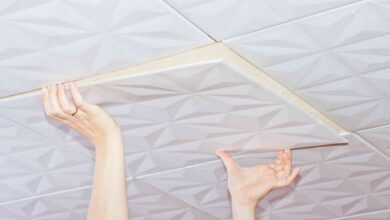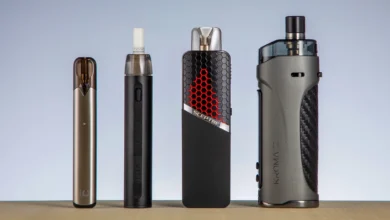Filament LED vs. Normal LED: Which One to Choose?
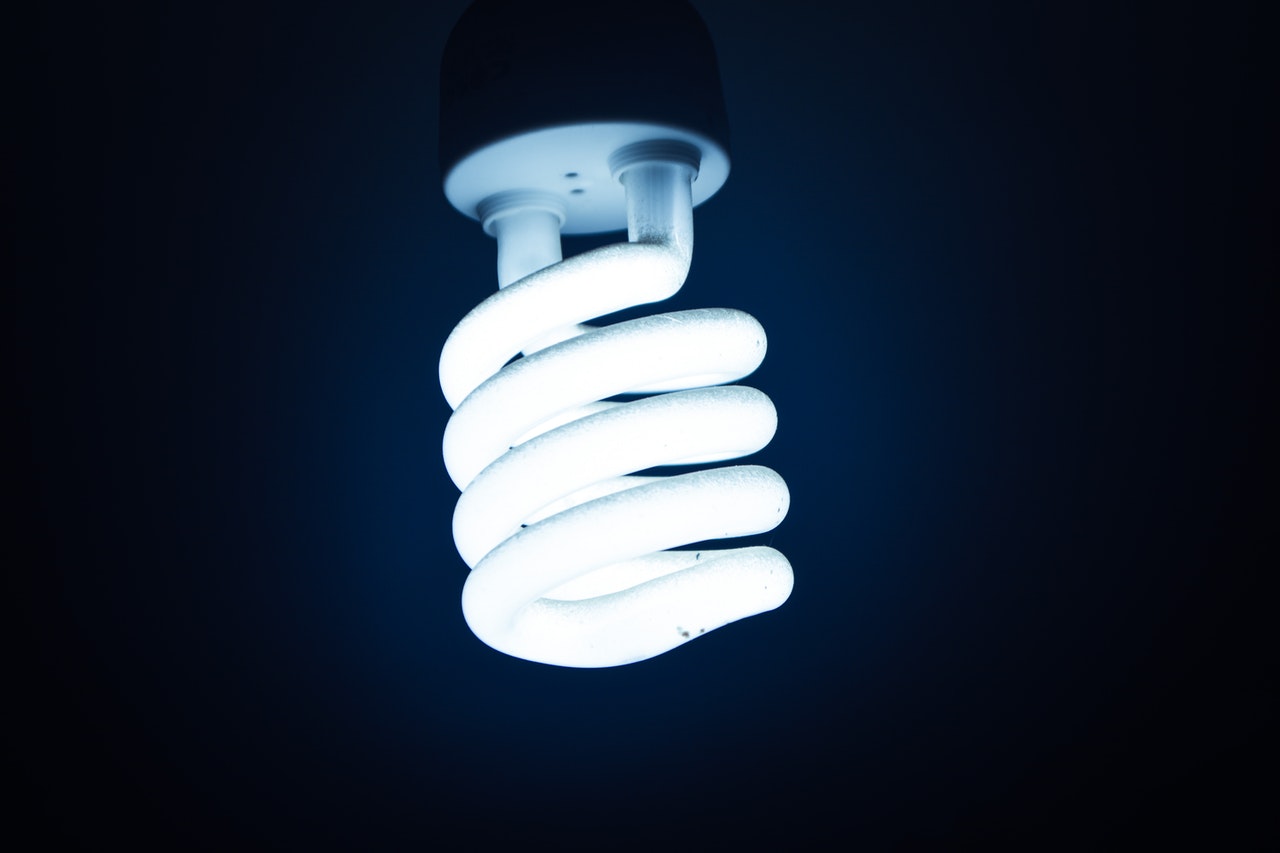
Can you even imagine lighting a fire every time you want light?! Well, this is how it was before the lightbulbs. You wanted to see something in the dark, you needed a fire every time.
Now all of us that were once in the wilderness and without a battery-powered flashlight know what it’s like to use a flickering fire to light up our paths. Small flames do not burn very bright and can’t illuminate far, while big flames are not safe and easy to handle. By the 1800s the race to create a better and safer type of lighting was on and in full swing. Thanks to electricity this was supposed to go easy, but in reality, the first lightbulbs didn’t work out. Some were just a bit too expensive; some were generally bad and broke often while others weren’t that bright.
The first successful lightbulb was created by Thomas Edison and the idea behind his creation is to have a lightbulb that will have a thin piece of material called a filament that will be used to pass electricity through to create a glow. The tricky part was to find a material that will serve as a filament, that will be long-lasting and cheap to make. Edison had over 100 tests with different materials and eventually found Bamboo as the perfect fit. Its fibres were strong and burned brightly making it the perfect candidate for a lightbulb. The rest is history.
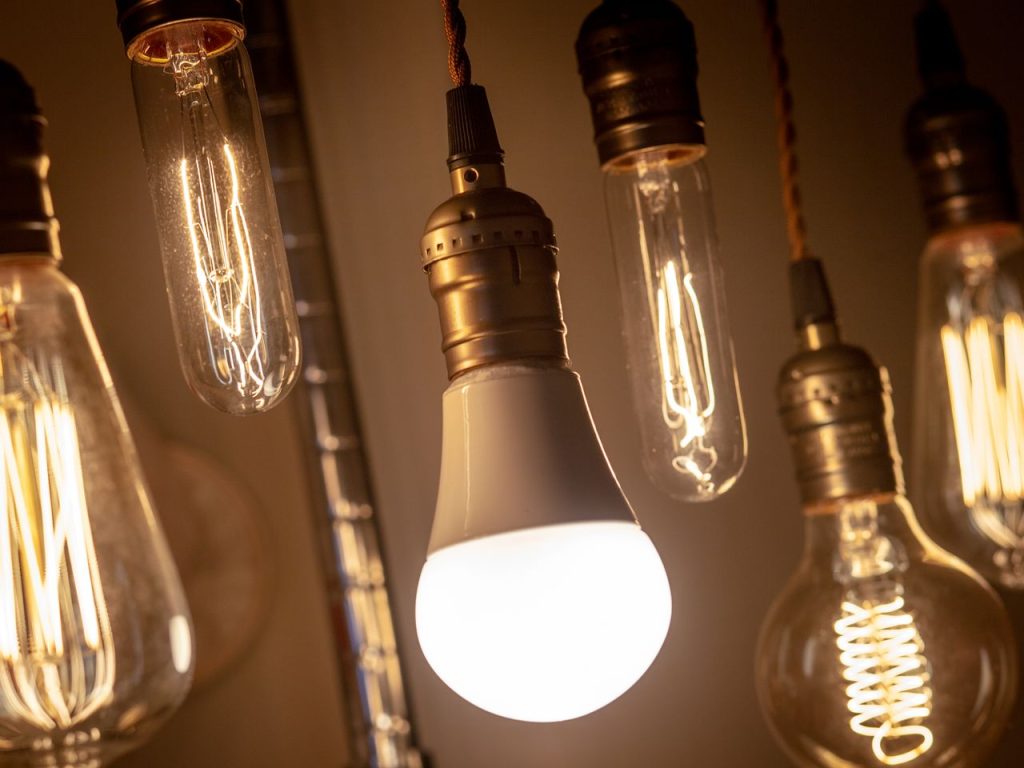
Today, as you can see, we will be discussing filament LED and normal LED and which ones are better for you?! Stick with us and find out. Before we proceed with the article, we must tell you about the great Neon Sign offer that you can find at echoneon.com. If LED lights have been famous for anything they have been for advances in neon signs, looks, colours, intensities and other innovations. Make sure you visit them and see what they have to offer you.
Since 2017 LED bulbs have become more and more popular and it was pretty obvious that they will take over the domestic lighting industry. There are a lot of good reasons for that mainly their efficiency, lower pricing and you can’t break them since there is no glass in them. These bulbs are great but there are also some areas where they can be improved. The base of the LED bulb has circuitry in it that converts the line house current into something that the LED inside the bulb can use to light up. That base where the circuitry is isn’t efficient and it emits a lot of warmth in that part which you can feel if you grab the base of the bulb with your fingers. Another deficiency these regular LED lightbulbs have is the globe part of the bulb. That part is called the diffusor and it has the task of dispersing the light from the LEDs. The LEDs in the bulb are like little spotlights and they shine bright and straightforward. If you want nice and even illumination and dispersion of the same you need that diffusor there. the bad thing about it is that it absorbs some of the light and it becomes hot meaning it is also losing efficiency.
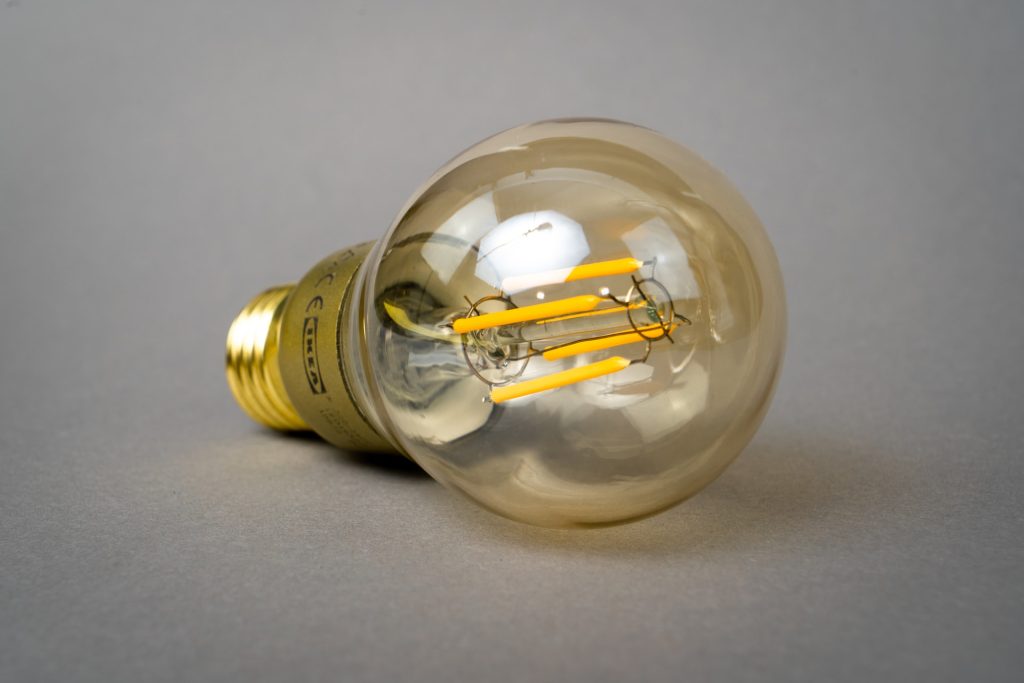
Most of us used and still use these LEDs without any issues. Regardless of their cons they still work pretty normally and if you do not care about efficiency you do not have to worry about these. For some that are all about efficiency, lower energy costs for the better or the same results will probably opt for a new guy on the block – a filament LED.
Filament LED lightbulb has, instead of a bunch of small surfaces mounted LEDs, yellowish looking rods. These are strings of almost microscopic LEDs, hooked in series and encoded with a layer of phosphor. These LEDs give out light in the ultraviolet range and the phosphor responds to that and glows quite brightly. The idea here is pretty similar to the black light making phosphorescent paint or glow-in-the-dark paint glow. The glow of these bulbs is a lot brighter and they are a lot more efficient than regular LEDs.
The prediction here is easy to make and you can instantly assume that these filament LEDs will pretty soon take over the market share from the regular LEDs and we might see them in industrial use as well. Another reason for thinking like this is that the filament LEDs are a lot more compact right now as opposed to regular LEDs that are bulkier units. They can be made even smaller if needed and you don’t have to make a lot of electronics for them to regulate the current. There is a pretty big save on the overall cost of the bulbs when comparing them directly.
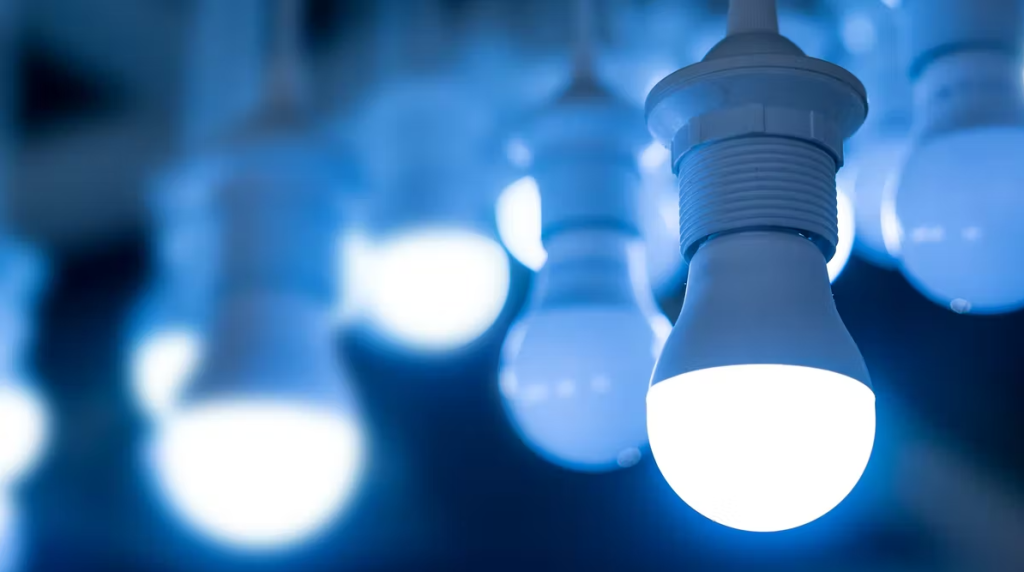
When you take these side by side and when you compare them it is easy to see the victor straight out the bat. Like we already said:
The size is one thing that will make the filament LED take over the market mainly because no one likes big and bulky LED lights sticking out and poking eyes.
The next big thing is the efficiency of the bulb where we stated and explained that due to bulky electronics that heat up while converting the electricity for the bulb, and the diffuser needed for the regular LEDs to operate we lose a lot of efficiency in regular LEDs. This efficiency means a lot less light for a lot more electricity. In filament LEDs, this isn’t needed and the part that converts electricity is a lot smaller, a lot more efficient and the filament part gets rid of the diffuser in regular LEDs. The filament is burning a lot brighter and better and it is burning in 360o meaning you get a lot better light power and dispersion than you would in the other lightbulb.

The cost is the last thing that makes the filament LED superior. When you look at the components that go into each bulb you see that filament one needs a lot fewer electronics and supporting parts to operate. These are clear cost savings and the savings, in this case, do not mean lower performance. Form filament LEDs you will get better longevity, better visibility, and more quality light that will not tire your eyes and you will have a lot lower electricity cost than you would have with regular LEDs. when
We hope we have helped with this article and that, if you had any doubts, now you can easily choose between these two.

